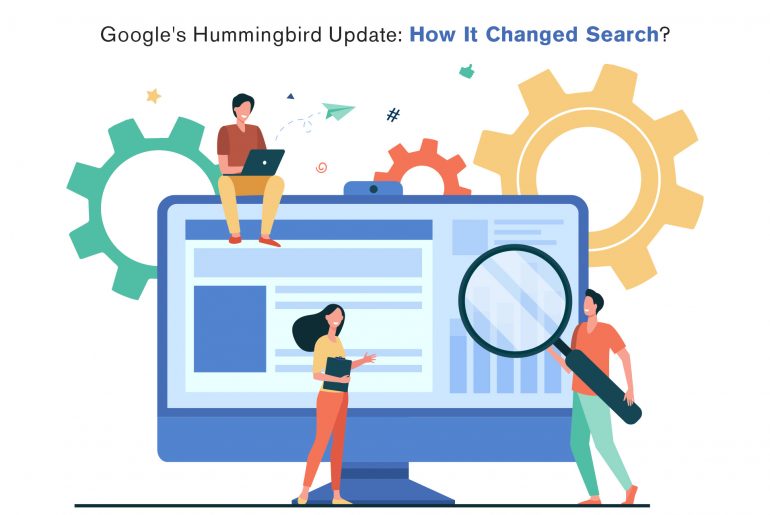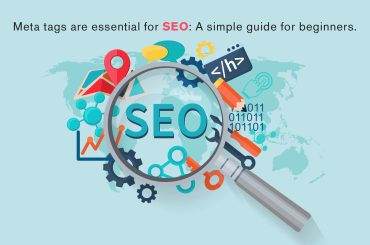One of the most significant search engine updates in recent memory, Google’s Hummingbird update, was released this week to considerable buzz and excitement among SEOs and digital marketing worldwide.
Hummingbird has a significant effect on search results. We’re likely to see these effects in the coming months as more people adopt Hummingbird and the algorithm becomes more refined based on user behavior and real-time search trends.
Here are some of the most significant ways that Google’s Hummingbird update will change how you do SEO in the future.
What is Google Hummingbird?
Google’s Hummingbird update introduced a new way of interpreting what people search for. This means that rather than returning pages that may have matched keywords in previous searches, Google is trying to return pages that answer what you’re looking for.
The overall idea behind Google’s Hummingbird update was to create an algorithm that understood natural language queries better, which would allow users to get more relevant results.
Google Hummingbird and Semantic Search
Semantic search is a set of artificial intelligence technologies, including natural language processing and machine learning, that help search engines better understand searchers’ queries.
The technology searches beyond keyword matching to understand what people mean when they type in a question, identifying keywords, phrases, and concepts.
Google’s Hummingbird represents improved semantic search technology by allowing for more conversational searches and synonyms. This development holds important implications for digital marketers.
Google Hummingbird and SEO
Google’s Hummingbird update changed how we should be handling SEO and optimizing our sites. Hummingbird is Google’s latest algorithm change, and it has affected not only SEO but also content.
With Google talking about semantic relevance instead of keyword density and indexing conversational questions instead of just keywords, SEO as we know it is changing, and businesses need to follow suit.
While many SEO professionals are still trying to figure out what happened with Google’s Hummingbird update, others have already taken steps to ensure that their business is staying ahead of all of these changes.
Hummingbird and Natural Language Search
Google’s latest algorithm update—called Hummingbird—focused on natural language queries. Search results are now generated for words and phrases instead of just specific keywords.
This is great news for content marketers; people typically prefer searching for something in a conversational tone rather than having to type out a question or statement into Google Search.
Hummingbird looks beyond keywords and helps Google return more meaningful results based on natural language queries.
Hummingbird & Long-Tail Keywords
Long-tail keywords are one of those content marketing trends making headlines lately. Long-tail keywords are used when you want to target a more specific keyword phrase than short-tail keywords, which typically have more overall traffic and attract broader audiences.
Google’s new algorithm, however, seems to put less emphasis on long-tail keywords.
Search Innovations Sped Up After Hummingbird
Hummingbird’s speedier-than-expected development was Google’s prior experience with other significant advances in search, including Caffeine and Universal Search. Google had recently accelerated its rollout of Caffeine—an improved indexing system—and its Universal Search algorithm, which reworked how a user’s search was processed.
In both cases, company engineers found that new updates could be integrated into products faster than expected.
Conclusion
Hummingbird came from a Google+ profile named after one of Google co-founder Larry Page’s favorite bands (the name has since been removed). It’s best for SEOs and digital marketing. Hummingbird signaled a significant shift in how Google views and interacts with content, focusing on conversational search.
It also brought us closer to realizing Google’s vision for semantic search. What is semantic search? Semantic search refers to computers understanding human language at a deeper level than now.
Frequently Asked Questions
1. What is a long tail keyword?
Long tail keywords are search terms that generally have a higher conversion rate than single-word keywords.
For example, if you’re selling a dog training ebook, someone might search for dog training commands; another person might search for small breed dog training commands, which is known as a long tail keyword.
Long tail keywords are effective because they allow customers to seek out specific answers to their questions or ideas.
2. What is the intent of any keyword?
Each of the keywords has its own intent. Intent refers to the degree of purpose or needs that someone has behind the search that they’re doing.
You can use the Google Ads keyword planner tool to get an idea of what each keyword’s intent is. The tool analyzes the top searches related to your niche and gives you stats on search volume and bids so you can evaluate which keywords are worth targeting.





